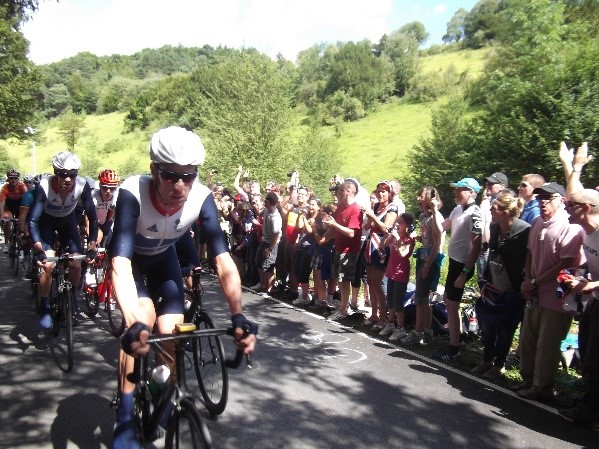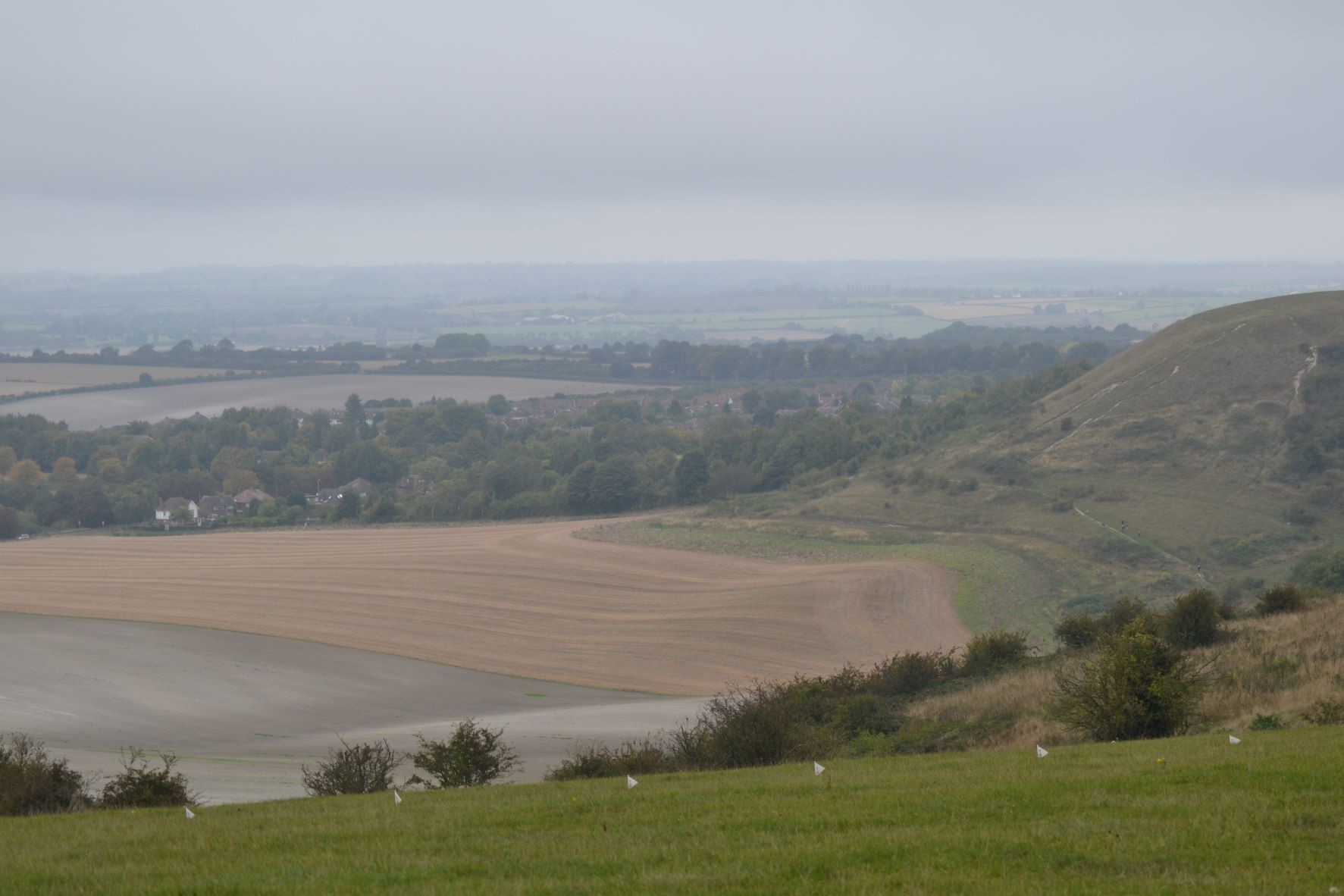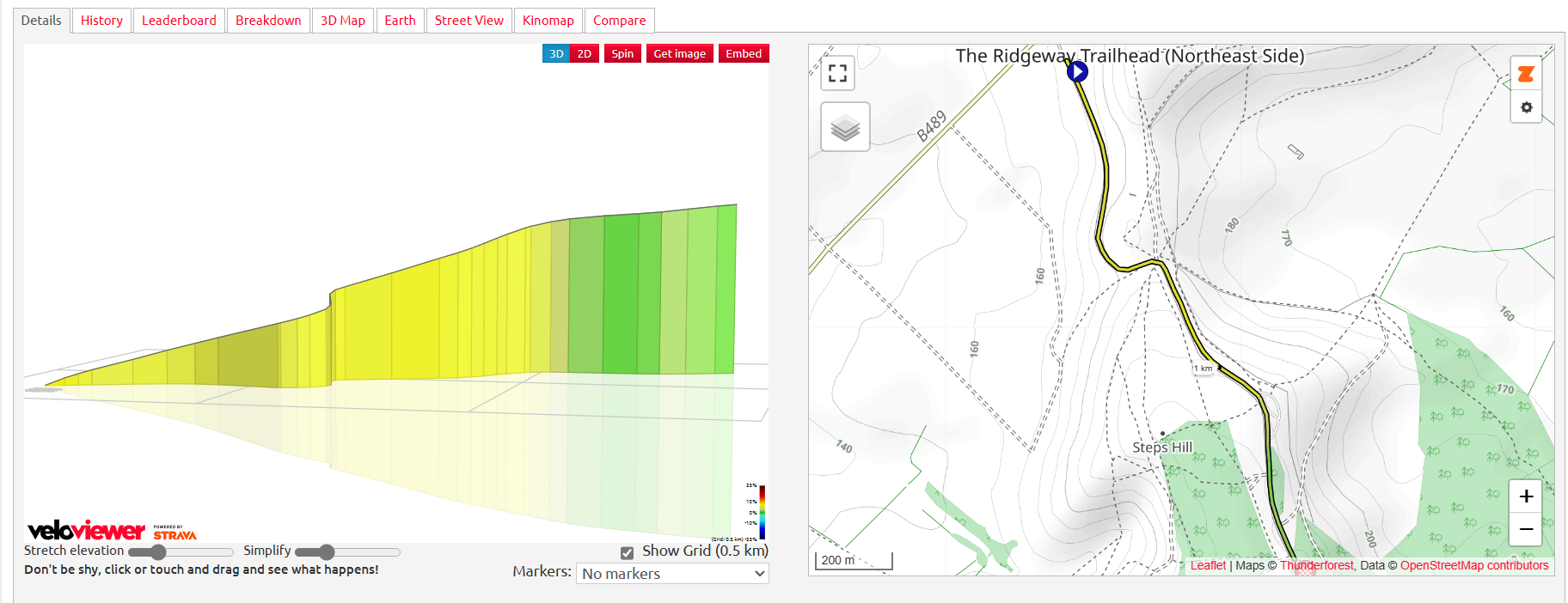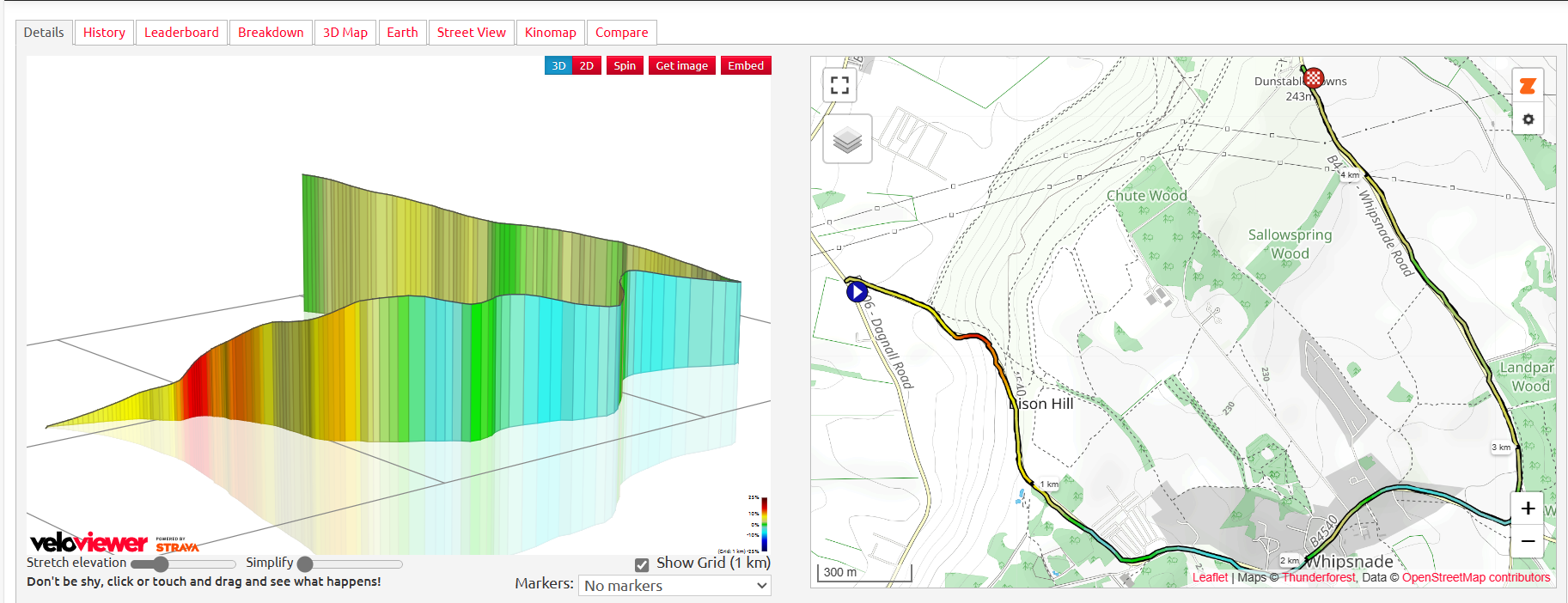Is the Bison Duathlon the new Ball-Buster?!
In 1990, the UK witnessed the birth of an iconic endurance challenge - the BallBuster. For years, athletes sought its gruelling terrain, making it a staple on every multisport enthusiast's bucket list. However, with changing times and safety concerns post-pandemic, the beloved BallBuster has bid farewell, leaving a void in the calendar of endurance events. But fear not, as a new contender emerges to fill this gap – introducing the Bison Duathlon!
Situated amidst the picturesque landscapes of the Box Hill National Trust site, the BallBuster course spanned five laps of a challenging 12.5km loop, culminating with the renowned Box Hill climb. While the cycling segment covered 38km, it was the 25km of intense ascending and descending, particularly on Box Hill, that etched the event into the annals of multisport folklore. Drawing the finest duathletes from Great Britain, it served as a grand season finale.

However, the surge in popularity of road cycling post-2012 Olympics transformed Box Hill into a bustling hub, making it impractical to host the BallBuster safely. Consequently, post-pandemic, organizers made the tough decision to retire the BallBuster indefinitely, leaving athletes yearning for a worthy replacement.
Enter the Bison Duathlon, set against the stunning backdrop of Dunstable Downs, just beyond the M25. The race kicks off with a challenging 13km trail run, featuring the challenging ascent alongside Bison Hill. Cyclists then embark on a 46km journey through the Chilterns, conquering the climbs of Ivinghoe Beacon, Bison Hill, and Dunstable Downs, before concluding with a final 6.5km trail run, culminating with that notorious Bison Hill ascent.
Comparing the two races, both boast transitions atop hills, ensuring a strenuous uphill finish to each segment.
Delving into the metrics:
BallBuster: Run1 12.5km (225m) – Bike 38km (675m) – Run2 12.5km (225m)
Bison Duathlon: Run1 13km (260m) – Bike 46km (688m) – Run2 6.5km (130m)

While the statistics suggest similarities, the crux lies in the bike climbs:
BallBuster's Box Hill climb spans 4km with an average gradient of 4% and a max of 9.6%. The Bison Duathlon features the challenging climbs of Ivinghoe Beacon, Bison Hill, and Dunstable Downs. While Ivinghoe's 1.6km ascent boasts a moderate 4.5% gradient, Bison Hill's shorter 1km climb presents a formidable challenge with gradients exceeding 15%. This is followed by the 1.5km drag of Dunstable Downs, testing competitors' mettle and separating the frontrunners from the rest.

Undoubtedly, both courses are arduous, leaving the perennial question unanswered: which is tougher?
One thing remains certain – the Bison Duathlon demands respect and should not be underestimated. Are you ready to tame the beast?


In conclusion, as the curtains close on the BallBuster, a new chapter unfolds with the Bison Duathlon, promising a thrilling challenge for multisport enthusiasts and a worthy successor to its iconic predecessor. Embrace the challenge, conquer the course, and etch your name in the annals of endurance run-bike-run history.
